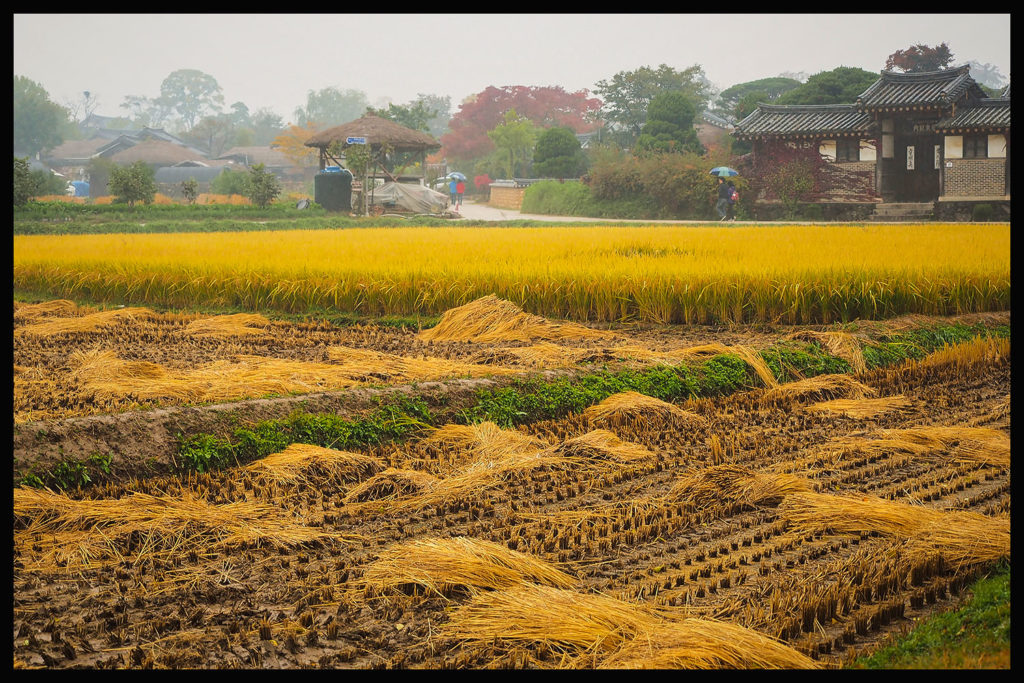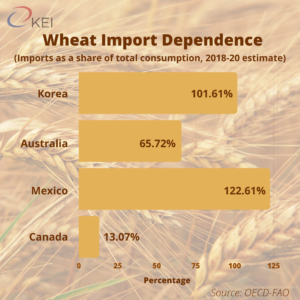The Peninsula
Spotlight on Korea’s Food Import Dependence

South Korea has one of the lowest food self-sufficiency rates among OECD countries. Supply chain constraints during the pandemic brought the country’s reliance on food imports into focus. Now, the crisis in Ukraine, coupled with India’s restriction of wheat exports, threatens to further raise domestic food prices.

Even after experiencing a sudden spike in global rice and wheat prices in 2008, successive governments in Seoul were slow to identify the domestic production of only 20% of the total consumed grain as a critical vulnerability. The Lee Myung-bak administration (2008-2013) promised in 2011 to increase the country’s output of meat and produce, and proposed establishing an agency to ensure sufficient food procurement. However, this new body was never launched. In 2018, the government established the National Institute of Crop Science, which set out to increase Korea’s domestic wheat production from less than 1% of total consumption to a modest 10% by 2030.
The COVID-19 pandemic and related challenges in the supply chain appear to have prompted a more urgent response. The South Korean Ministry of Agriculture, Food and Rural Affairs (MFRA) added a food security component to its annual business plan in 2021. In addition to an early warning system to detect and respond to international food price volatility, the government is now looking to become more self-sufficient in soybean and wheat consumption.
Despite the issue not being at the forefront of President Yoon Suk-yeol’s campaign agenda in the most recent election, government bodies will likely continue efforts to strengthen South Korea’s food security, including the establishment of alternative import options and grain stockpiles to stabilize prices.
This briefing comes from Korea View, a weekly newsletter published by the Korea Economic Institute. Korea View aims to cover developments that reveal trends on the Korean Peninsula but receive little attention in the United States. If you would like to sign up, please find the online form here.
Korea View was edited by Yong Kwon with the help of David Lee, Sarah Marshall, and Mai Anna Pressley. Picture from the flickr account of Elena Leong
